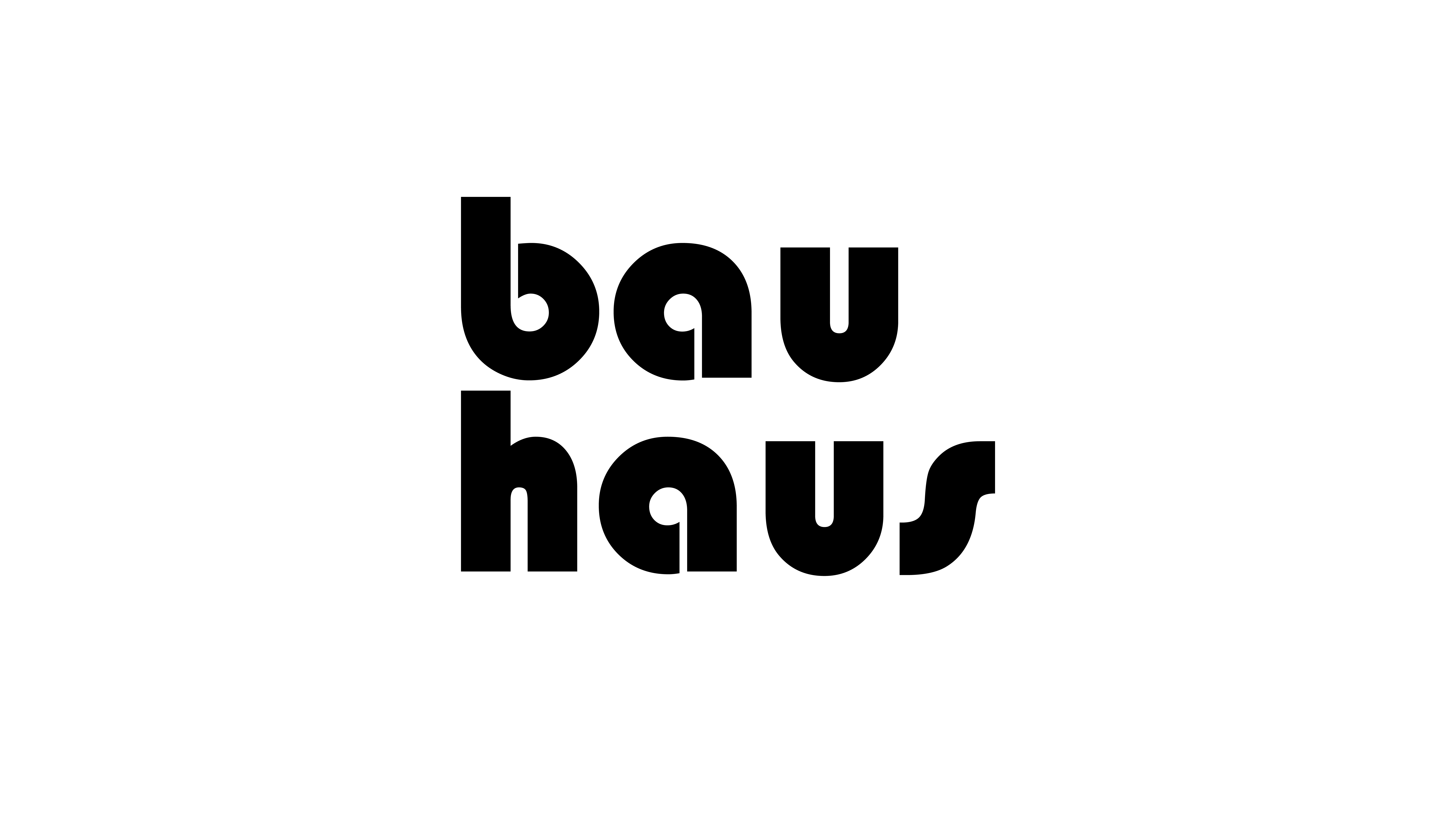Note: The reissue of old articles, a point of view, is not necessarily right.
Time: 2017

Why did our design evolve into what it is now? I think it is affected by two factors.
Technology and the environment, which together affect human needs. Human needs follow the Maslow pyramid roughly. When basic needs are met, they will turn to higher-level needs. The product is the expression of demand, and its influence on the design is ultimately reflected in the form of the product, which is the so-called "appearance".
These two factors have always existed and affected our products. Due to the limitations of technical conditions, these products have always existed in a small range and have not been circulated across regions on a large scale.
The great voyage expands the boundaries of human beings in space and also expands the environment of products. After the industrial revolution, human technology has advanced by leaps and bounds, making products have more technological choices. The expansion of environment and technology brings more possibilities for the design, and also puts forward new requirements, which requires the design to make corresponding changes.
But the evolution of products is always relatively lagging. For example, the appearance of the original car borrowed from the carriage, but the current car is also going through another stage of relative lag in appearance. Electric vehicles are learning from the appearance of fuel vehicles, and they have not evolved to match the electrification, intelligence and other technologies for the time being. Design.
The problem of product mismatch with technology and environment finally ushered in an outbreak point-Crystal Palace Expo. We use the advanced technology of the industrial revolution to produce products that imitate the handicraft era. This may seem normal now, because we are already full of various batch products that imitate hand-made, but under the technical conditions at that time, The precision of mass production cannot be compared with manual production, they seem to be shoddy. Crude manufacturing is the result, and the fundamental reason is that the design concept of the product lags behind, which does not match the technology and environment at that time.
Ruskin first discovered and criticized this phenomenon and initiated the arts and crafts movement, but the proposed "return to traditional handicrafts" cannot solve the problem. Because technology is the most neutral, the development of technology will never consider any tradition, culture or even feelings. It is unrealistic to adapt technology to tradition. This is the contradiction between design and technology.
Even if we can return to traditional handicrafts, the world connected by great navigation is the environment in which the design was located at that time. British trade is becoming more and more global, and British products will be sold all over the world. The products made by traditional British handicrafts cannot adapt to the global environment. Because the traditional British culture carried by the product itself is a product of the British environment, the contradiction between design and environment has not been resolved.
The sale to the world discussed here does not mean that it is sold to various countries like China's Ming Dynasty porcelain-Ming Dynasty porcelain is essentially a "souvenir", which provides a certain identification or satisfies the curiosity psychology, and does not exist as a mass consumer product-but refers to the product itself as a daily product to meet functional needs.
But the arts and crafts movement made people realize that our design did go wrong and began to look for solutions.
Similarly, the Art Nouveau movement did not solve the contradiction between design, technology and environment. But Art Nouveau's attitude towards technology has undergone subtle changes. They have begun to accept new technologies, abstract nature and tradition, and are also trying to solve the relationship with the environment.
It was the Bauhaus who truly realized that design needed a new set of languages. Bauhaus actively embraces new technologies and materials, believing that the design itself has its own style and language, and does not need to deliberately look for it from tradition. And Bauhaus considered industrial production at the beginning of the design. Bauhaus recognized the contradiction between design, technology and environment, and developed a new design language to adapt the design to technology and environment.
Why did Bauhaus solve the contradiction of design?
Bauhaus not only actively accepts new technologies, but also actively explores the application of new technologies and new materials in design. Instead of putting design on the opposite side of technology, the design changes the form to adapt to the technology, and explores the appropriate technology as the realization of the design.
The influence of technology on the design can be clearly seen from the chair, such as the No. 14 cafe chair using steam hot bending process, the Eames chair using plywood, and the Vasily chair using steel pipe bending.
Bauhaus's design language itself has a global attribute, and the essence of this attribute is to "remove all attributes". Let "form follow function" without artificial additional style, so that Bauhaus's design can adapt to different cultures and integrate into different environments. Because of its pure and simple style of function-oriented, it can in turn integrate with the cultures of various regions and derive modernism with different characteristics, such as Scandinavian design, Japanese design, etc.
The expansion of modernism comes after World War II, and the whole world is in the stage of popularization of functional needs, which is called "I want to have what you have". Modernism just meets the requirements due to its own function priority and restraint of simple style.
Under the combined effect of technology, environment, and demand, only modernism just reconciles the contradictions in one aspect and forms a modern design.
Will the design of the future still be dominated by modernism?
According to the standard of "form following function", 99% of the products on the market are not necessary because they are not pure enough to follow the function. Now we are in the stage of changing functional needs into psychological needs, that is, from "I want to have what you have" to "I want to be different from you", and the development of technology makes "different" production possible.
There is also a standard in modernism called "the purpose of design is people, not products". It does not matter whether modernism is a "simple square box". The "square box" is only the most appropriate form of expression of modernism after World War II. As long as the core spirit of modernism is still paying attention to people and people's needs, it will still be an important design style. As for the final appearance style, it is only the manifestation of the inner spirit of modernism.
Technology, environment and requirements are changing, and design will continue to evolve. However, no matter how it changes, modernism, as the purest design style, always has a place.
---
References:
Wang Shouzhi, "World Modern Design History", China Youth Publishing House, 2015
The copyright of this work belongs to Hao Xin. No use is allowed without explicit permission from owner.

New user?Create an account
Log In Reset your password.
Account existed?Log In
Read and agree to the User Agreement Terms of Use.

Please enter your email to reset your password
Comment Board (0)
Empty comment